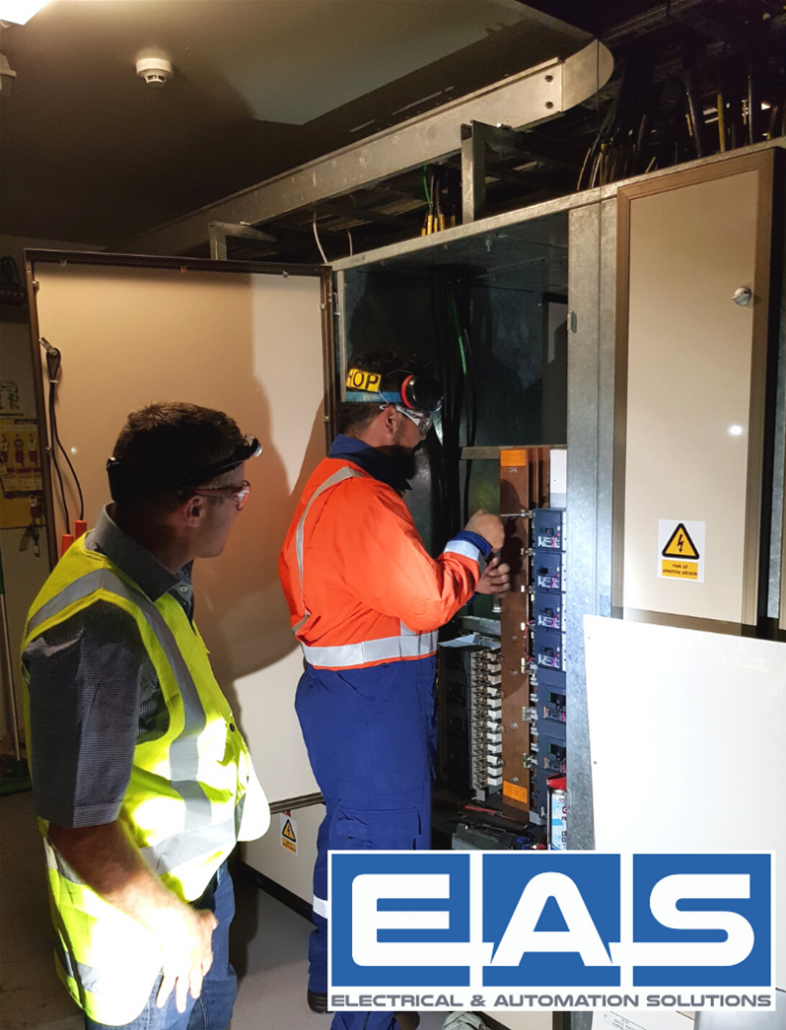Injection Testing for Circuit Breakers
The Importance of Circuit Breaker Testing in Preventative Maintenance
Circuit breakers can often go for extended periods without activation. While their reliability is typically high, if they fail when activated, the consequences can be catastrophic.
Failures during activation may result in severe arc flash incidents, threatening the safety of your staff and your plant operations. Additionally, such failures can cause extensive and costly damage to your electrical systems. To prevent these issues, routine testing and maintenance of circuit breakers are critical.
Primary Injection Testing
Primary and secondary injection testing should be integral components of your preventative maintenance plan to ensure the reliability and safety of your power circuit breakers.
Why Primary Injection Testing?
Primary injection testing is often preferred because it encompasses the entire current path, including current sensors, wiring, and the breaker itself. This method provides a comprehensive check of the system’s functionality. However, it may not always detect issues related to sensor wiring and polarity, so additional inspections may be required.
How Does It Work?
In a primary injection test, a calculated amount of low voltage (typically 5 to 10 volts) is used to generate high current, which is then injected through the circuit breaker. The breaker’s trip response time is measured and compared to its time-current curve specifications. Each function of the breaker requires a specific testing current value with a corresponding acceptable time response to determine compliance.
Common Primary Injection Tests
Primary injection tests can be applied to a variety of systems, including:
- Power Transformers (e.g., through-fault testing)
- Relay Testing
- Buswork, Switchgear, and High-Voltage (HV) Breakers
- Low-Voltage Breakers
- Heat Runs (thermal performance under load conditions)
- Stability Tests (system performance under transient conditions)
- Loose Connections (identifying contact resistance issues)
- Core Identification (testing transformer core performance)
Secondary Injection Testing
Secondary injection testing complements primary testing and is often performed first to minimise risks during initial assessments, particularly on the low-voltage side of the equipment.
What Does It Do?
Secondary injection testing focuses on the proper operation of protection controls downstream from the protection relays. Unlike primary injection testing, it does not involve high current flowing through the breaker’s line and load contacts. Instead, this method verifies the electronic trip functions and protection settings of the circuit breaker.
How Does It Work?
This type of testing usually involves disconnecting the trip unit from its normal circuitry and connecting it to specialized testing equipment. This equipment injects simulated signals, measures response times, and records the breaker’s operational characteristics. Secondary testing provides a safer and more accessible way to verify the electronic and functional integrity of circuit breakers.
Advantages of Secondary Injection Testing
- It allows testing of the breaker’s electronic components without subjecting the system to high current.
- It is simpler, faster, and safer to perform.
- It provides an initial verification of the breaker’s settings and functionality before conducting primary injection tests.
The Critical Role of Preventative Maintenance
Incorporating both primary and secondary injection testing into your preventative maintenance program ensures the reliability and safety of your electrical systems. Regular testing helps:
- Detect and address potential issues before they escalate into system failures.
- Enhance workplace safety by minimising the risk of arc flashes and electrical fires.
- Reduce downtime and costly repairs by maintaining system integrity.
- Extend the lifespan of circuit breakers and related equipment.
Get Expert Support for Circuit Breaker Testing
If you need assistance incorporating primary and secondary injection testing into your preventative maintenance program, the EAS team is here to help. Our experienced professionals can provide tailored solutions to meet your facility’s needs. Contact us today at 07 834 0505 to ensure your circuit breakers are operating safely and reliably.


Leave a Reply
Want to join the discussion?Feel free to contribute!